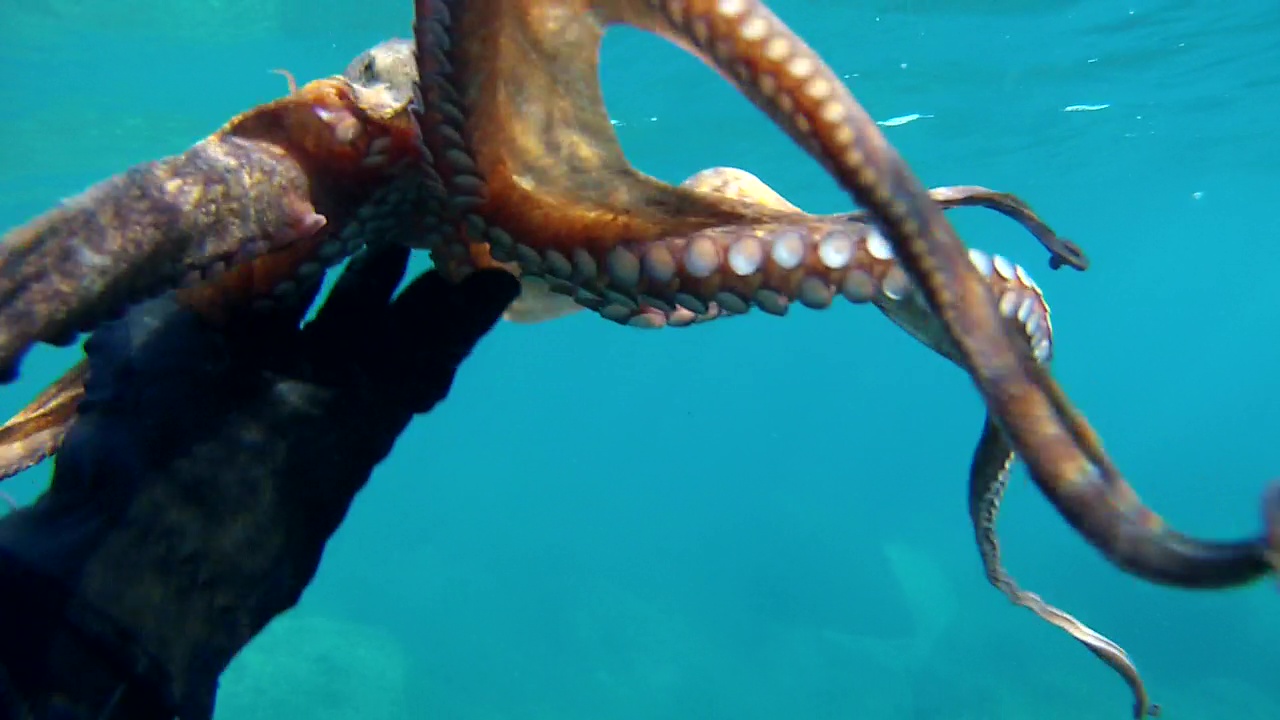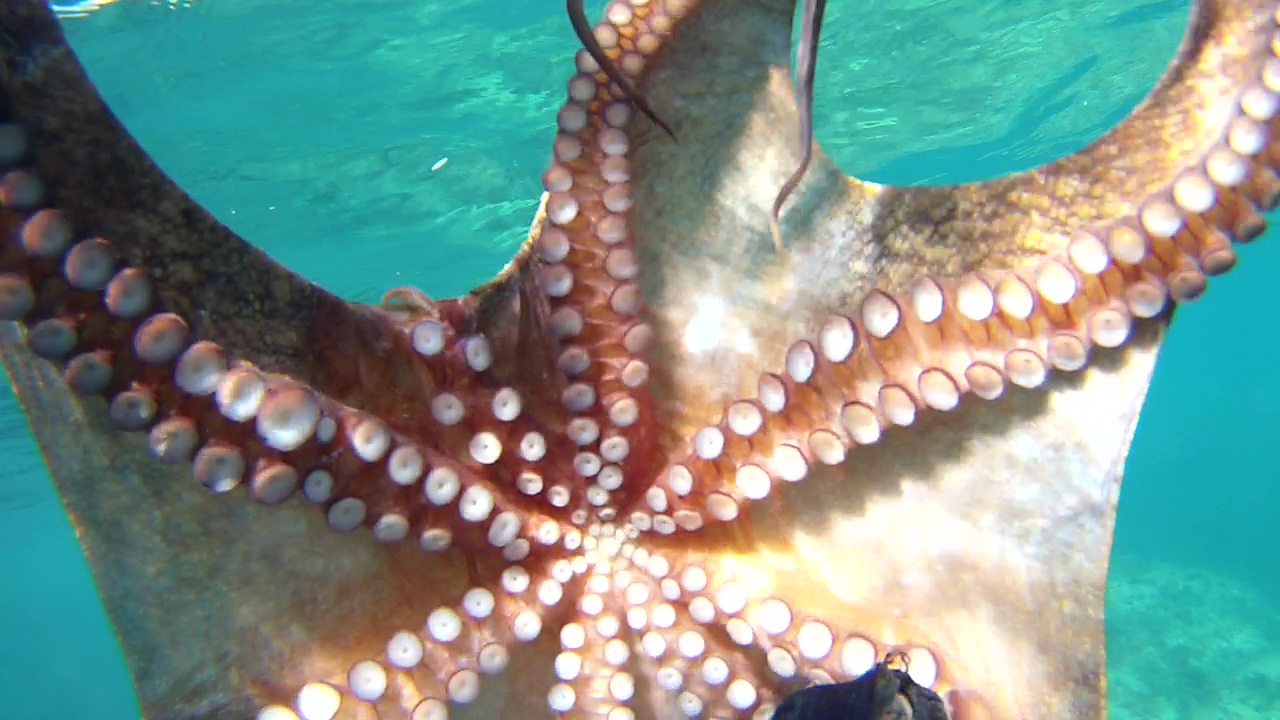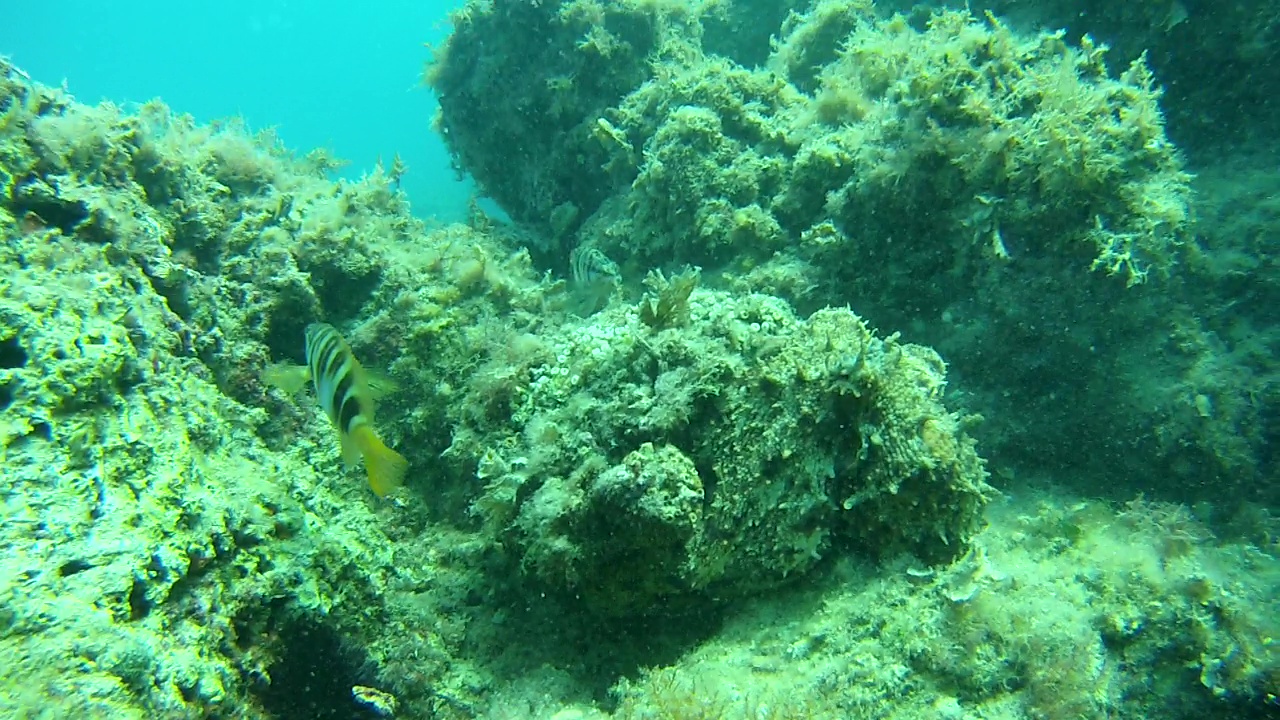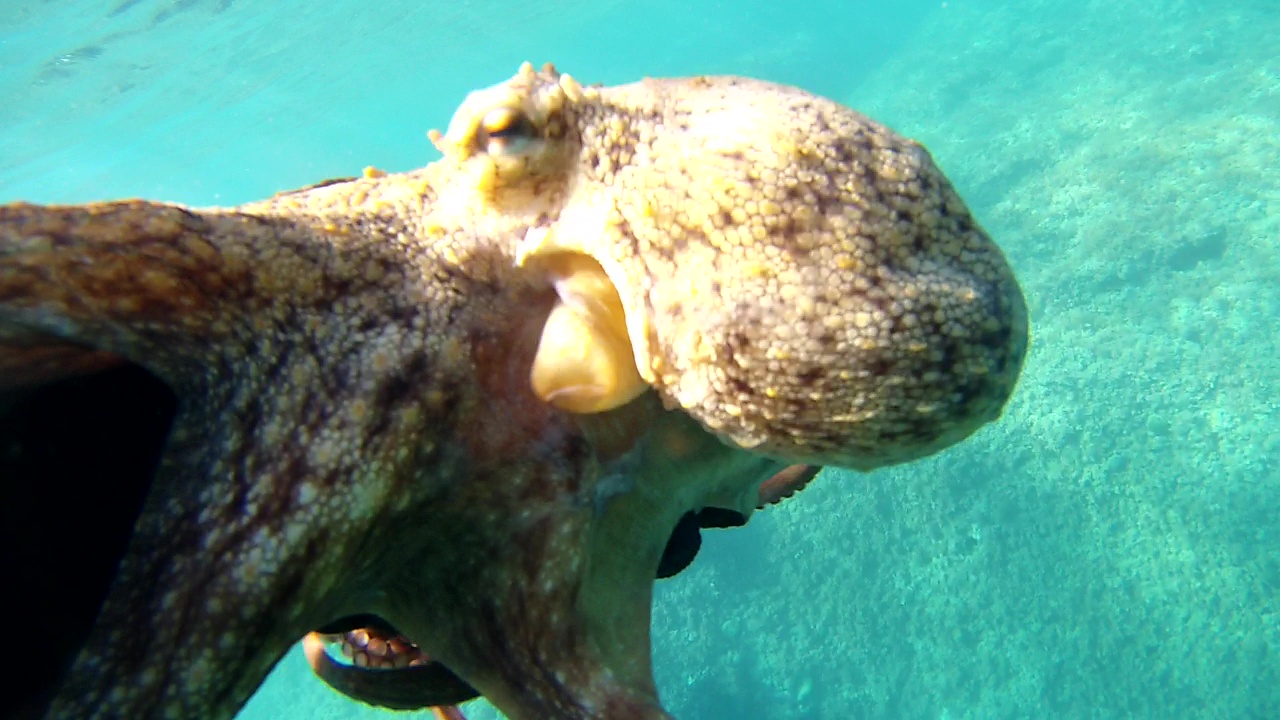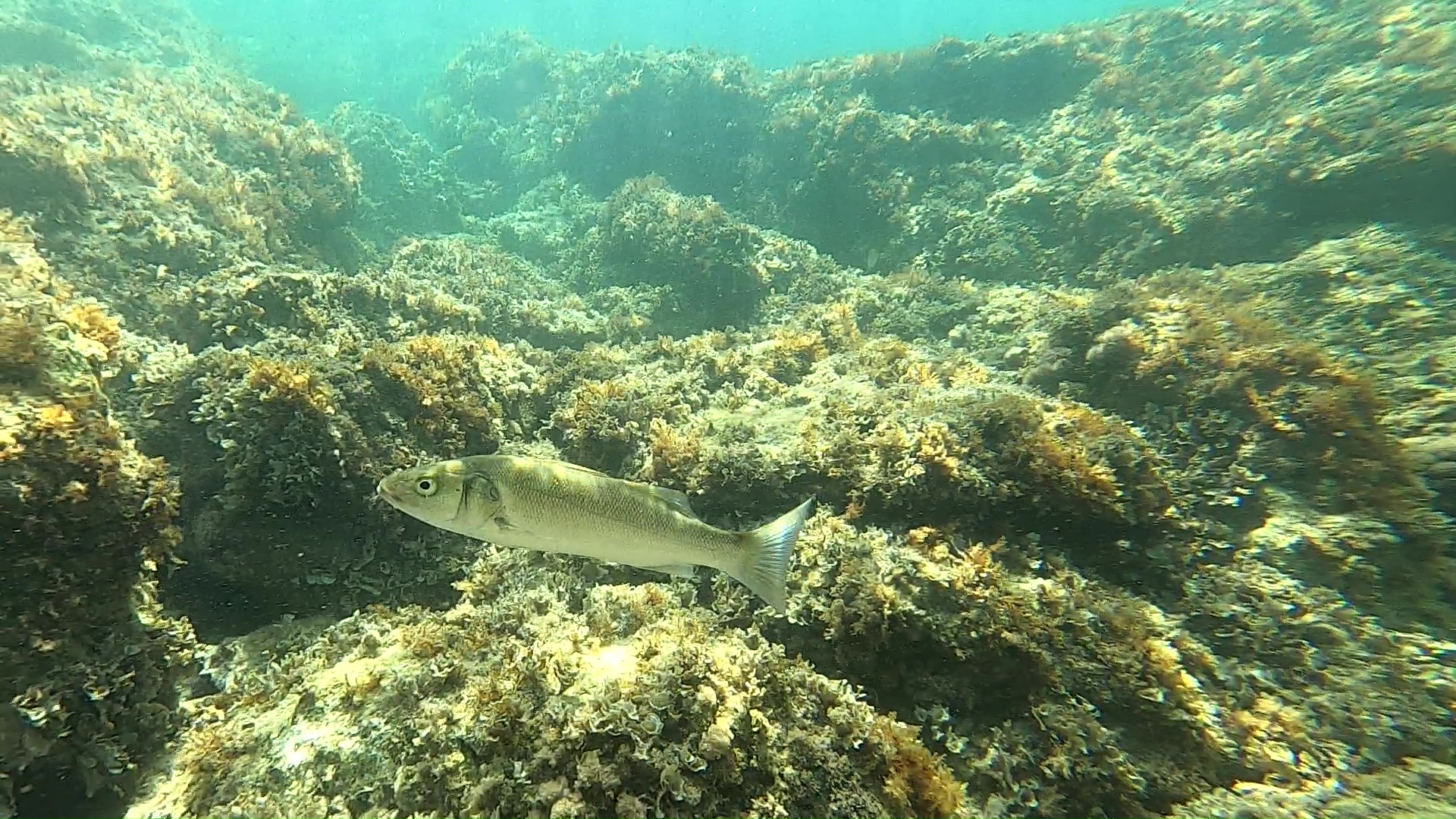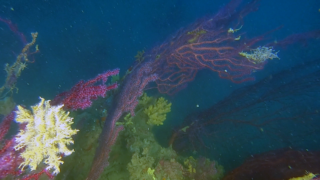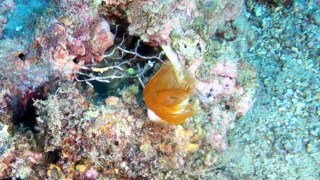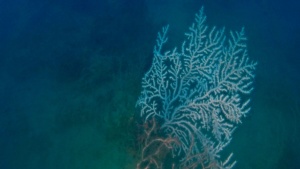Given the success of the video of this octopus (Common octopus Octopus vulgaris) made a few years ago, we decide to republish it in high resolution, eliminating some cut parts and slowing down a few moments such as that of the encounter and escape from the annoying sub. Octopus seen closely polpo visto da vicino intotheblue.it
We also remember that this octopus, like all marine species filmed on intotheblue.it, were not killed, in some cases like this one they were captured only for the purpose of filming them to be then released into their natural environment. In this case, our octopus freed itself by escaping from the sub with the classic puff of ink.
Polpo Octopus vulgaris Mar mediterraneo intotheblue.it
This octopus (Octopus vulgaris) was captured in the Mediterranean Sea at a depth of a couple of meters of water. Completely mimitizzato has been identified thanks to the presence of two serranids (Serranus scriba) who watched him hoping to get some food left over from his hunt. He was captured to photograph him closely and then released into his environment like all the animals filmed on this website. Octopus seen closely polpo visto da vicino intotheblue.it
Common octopus (Octopus vulgaris) is a mollusc belonging to the class Cephalopoda. Octopus vulgaris is the most studied of all octopus species. It is considered cosmopolitan, that is, a global species, which ranges from the eastern Atlantic, extends from the Mediterranean and the southern coast of England, to at least Senegal in Africa. It also occurs off the Azores, Canary Islands and Cape Verde Islands. The species is also common in the Western Atlantic.
The common octopus hunts at dusk. Crabs, crayfish, and bivalve molluscs (two-shelled, such as cockles) are preferred, although the octopus eats almost anything it can catch. It is able to change colour to blend in with its surroundings, and is able to jump upon any unwary prey that strays across its path. Using its beak, it is able to break into the shells of shelled molluscs. Training experiments have shown the common octopus can distinguish the brightness, size, shape, and horizontal or vertical orientation of objects. Polpo Octopus vulgaris Mar mediterraneo intotheblue.it
Octopus uses gills as its respiratory surface. The gill is composed of branchial ganglia and a series of folded lamellae. Primary lamellae extend out to form demibranches and are further folded to form the secondary free-folded lamellae, which are only attached at their tops and bottoms.
The tertiary lamellae are formed by folding the secondary lamellae in a fan-like shape. Water moves slowly in one direction over the gills and lamellae, into the mantle cavity and out of the octopus’ funnel. The octopus has three hearts, one main two-chambered heart charged with sending oxygenated blood to the body and two smaller branchial hearts, one next to each set of gills.
The circulatory circuit sends oxygenated blood from the gills to the atrium of the systemic heart, then to its ventricle which pumps this blood to the rest of the body. Deoxygenated blood from the body goes to the branchial hearts, which pump the blood across the gills to oxygenate it, and then the blood flows back to the systemic atrium for the process to begin again..
(tratto da Wikipedia)
Gallery
 English
English Italiano
Italiano
